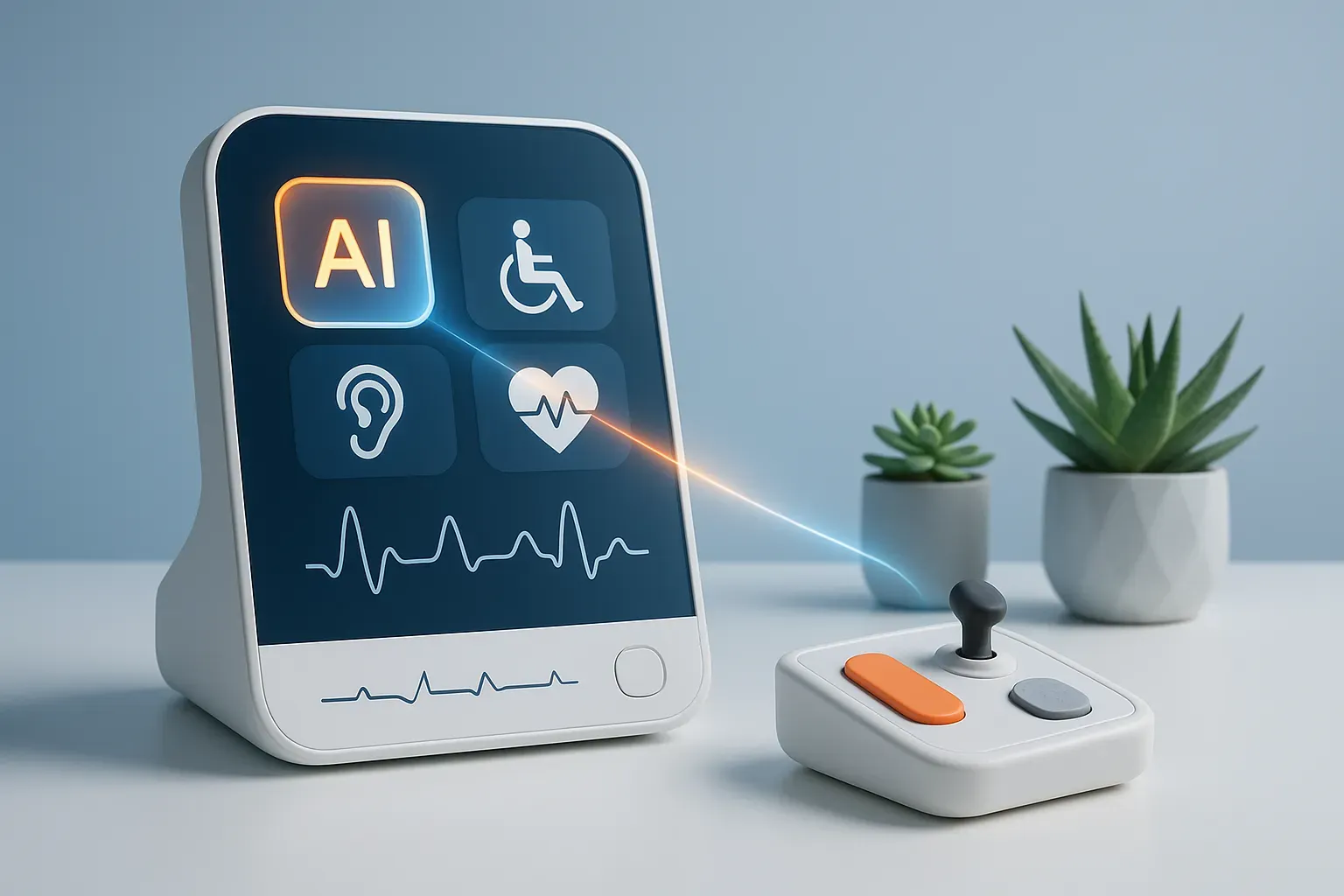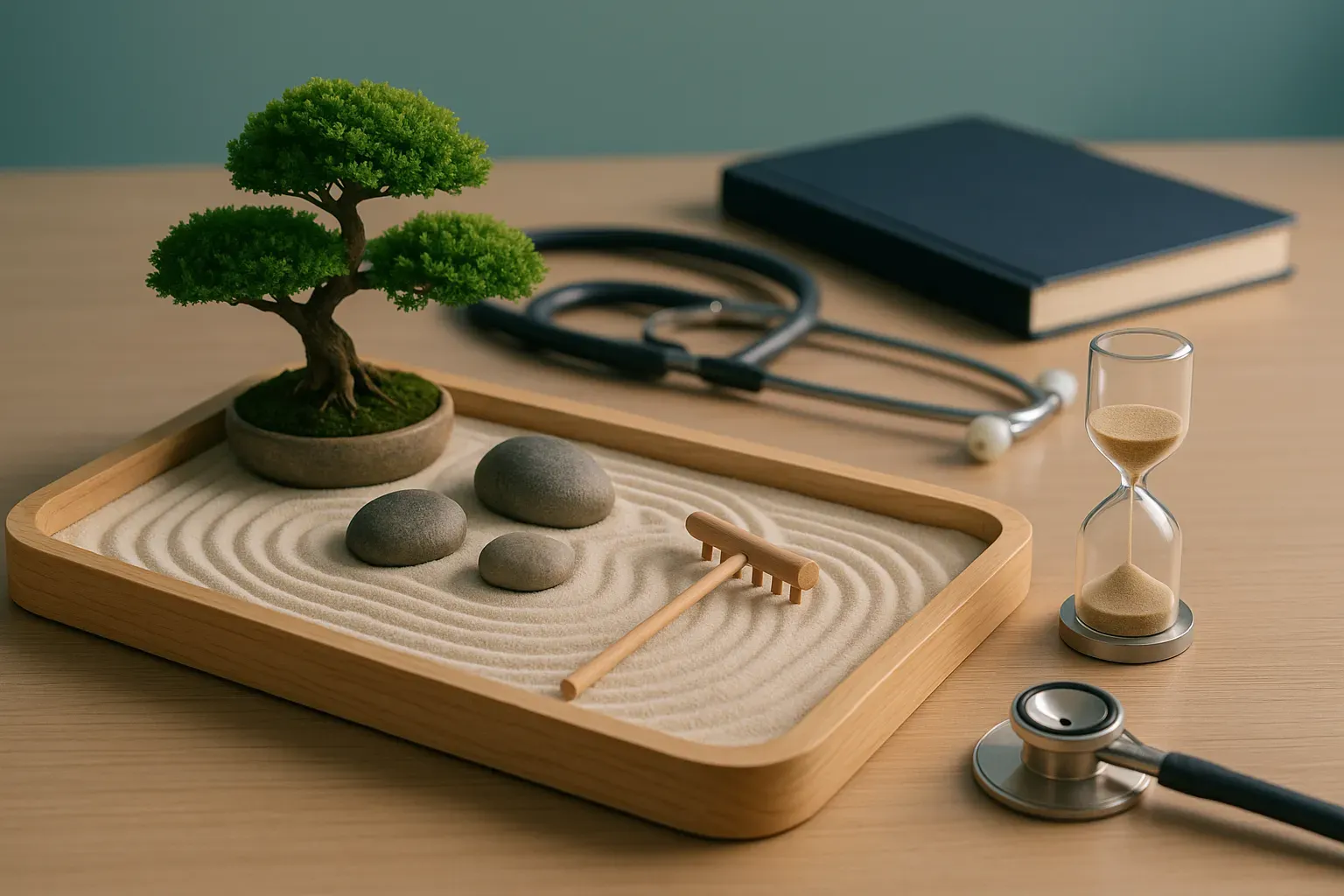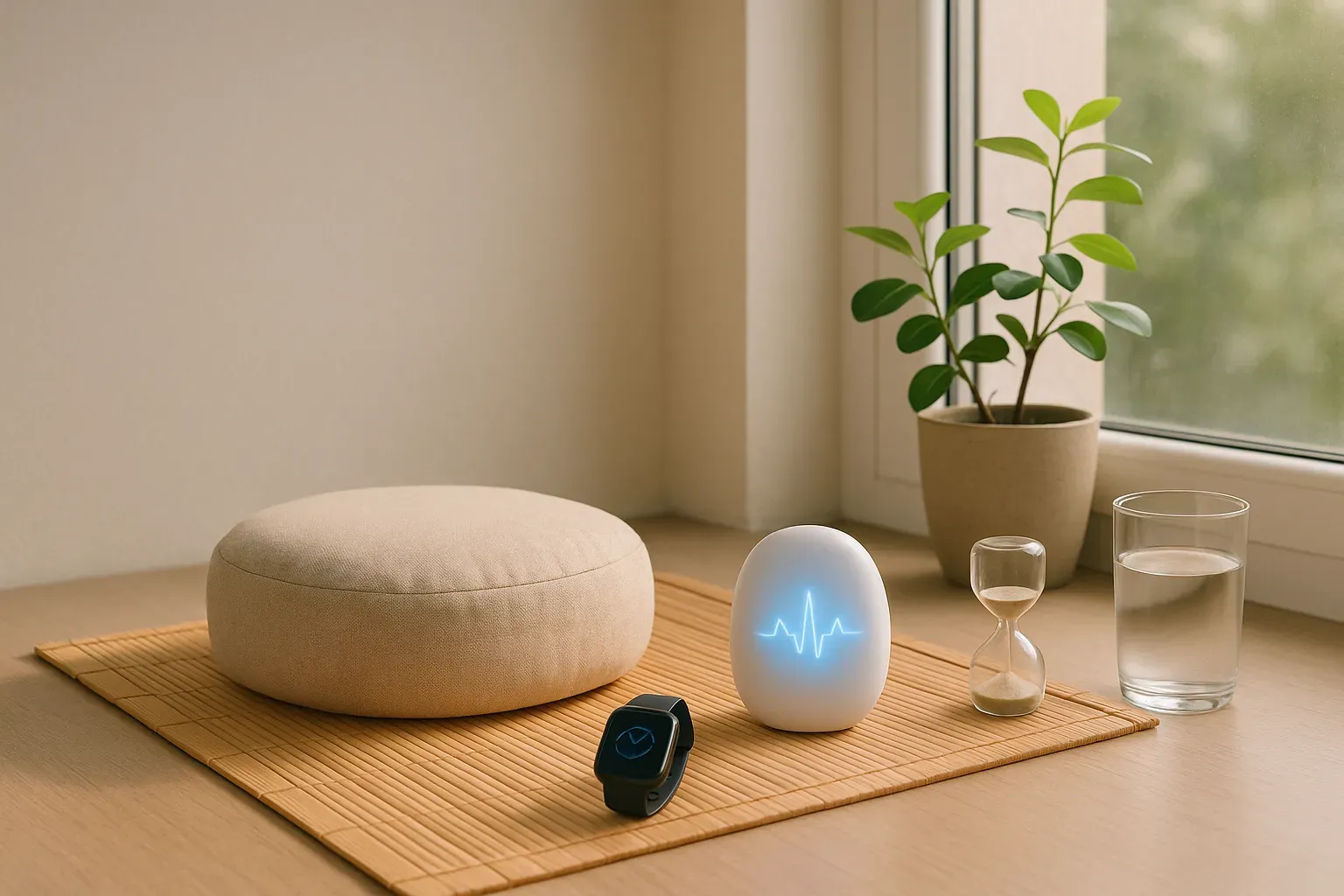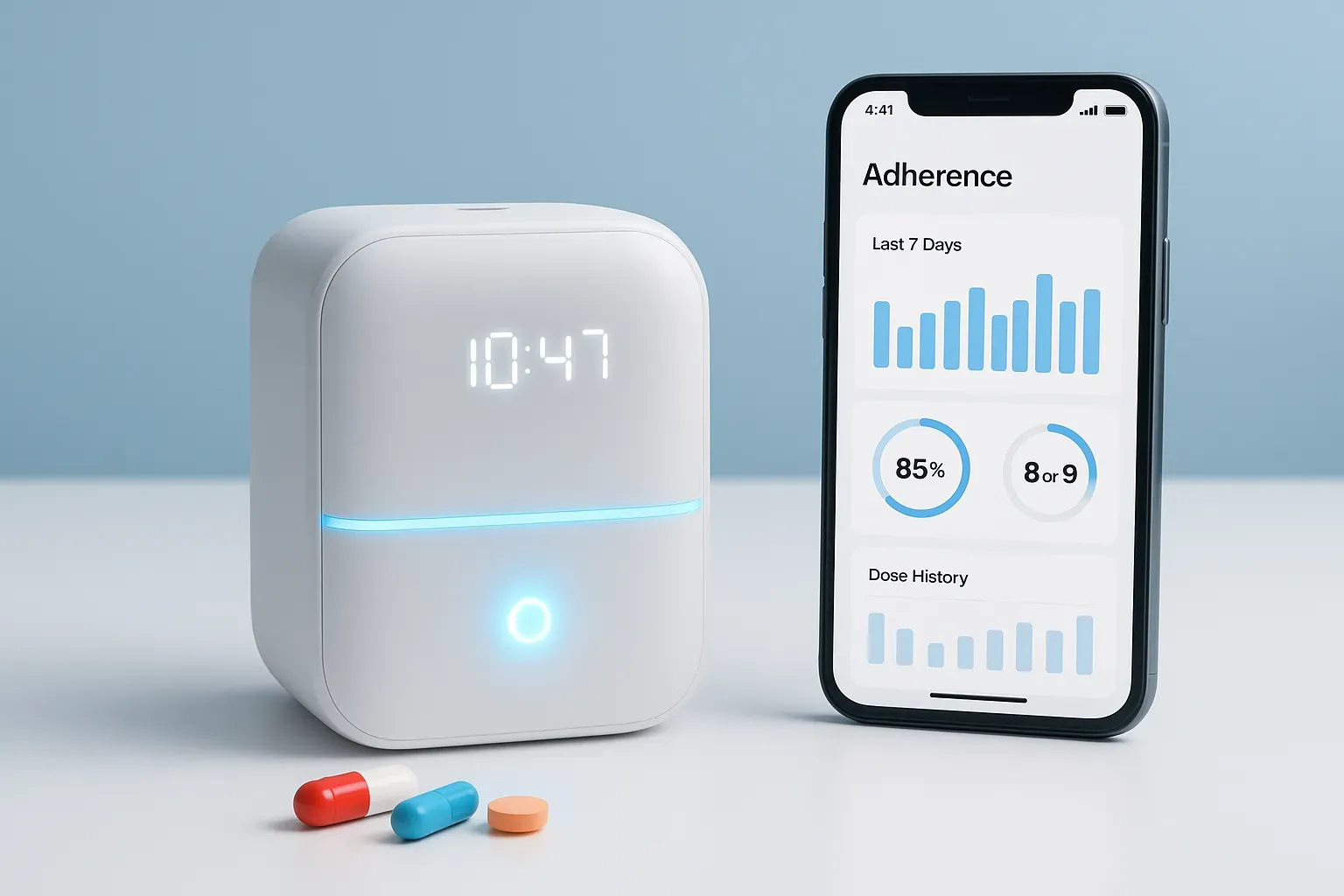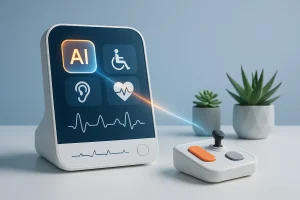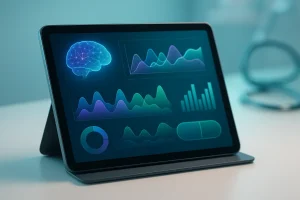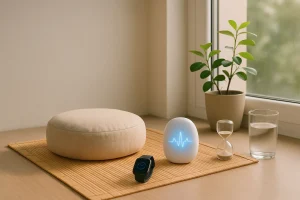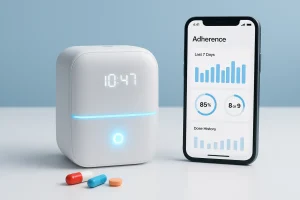Healthcare worker burnout requires innovative solutions beyond traditional approaches, as revealed in this examination of unique countermeasures. Drawing from expert insights, these strategies range from reverse mentoring and peer decompression rounds to data-driven solutions and medical improvisation techniques. These practical methods offer healthcare organizations concrete ways to support staff wellbeing while enhancing workplace resilience and connection.
- Reverse Mentoring Creates Two-Way Learning Exchange
- Peer Decompression Rounds Build Team Resilience
- Narrative Medicine Workshops Transform Professional Identity
- Medical Improv Fosters Joy and Connection
- Data Analysis Reveals Burnout Pattern Solutions
- Structured Micro-Breaks Reset Nervous System
Reverse Mentoring Creates Two-Way Learning Exchange
One unconventional approach I’ve seen work surprisingly well is “reverse mentoring”, where younger healthcare staff mentor senior clinicians, not in medicine, but in digital tools, stress management apps, or even social media boundaries. It flips the usual hierarchy and creates this beautiful two-way learning exchange.
The younger staff feel empowered, and the experienced ones get a fresh perspective, not to mention a reminder that it’s okay to adapt and slow down. It’s been incredibly effective in bridging generational gaps and lightening the emotional load that often fuels burnout. A recent study attributed 67% of employee performance improvement to reverse mentorship, highlighting its impact on innovation and engagement.
What I learned from it is that burnout isn’t always about overwork; it’s often about feeling disconnected or undervalued. When teams build authentic relationships and share skills, it reignites purpose. A 10-minute chat over coffee where a resident shows a senior doctor how to use a mindfulness app may seem small, but that sense of camaraderie and mutual respect? That’s what keeps people coming back with heart the next day.

Peer Decompression Rounds Build Team Resilience
One unconventional but surprisingly effective method I’ve seen used to address healthcare worker burnout is the introduction of “peer decompression rounds”—short, structured group check-ins focused not on clinical updates, but on emotional processing and shared reflection. Unlike formal debriefings or wellness workshops, these sessions were deliberately informal, often held at the end of a shift in a quiet corner or break room. Each person had two minutes to share something they felt that day—anything from frustration and fatigue to small moments of gratitude—while others simply listened without judgment or problem-solving.
At first, many staff members were skeptical. Healthcare professionals are trained to stay composed, and openly discussing emotions felt uncomfortable or even unprofessional. But over time, the sessions became a safe ritual—a psychological “exhale” that acknowledged the human side of the work. What made this method powerful was its simplicity and consistency. No one had to prepare or perform; they just had to show up. The act of being heard and validated by peers—people who understood the pressures firsthand—helped reduce emotional isolation, normalize vulnerability, and strengthen team cohesion.
In terms of effectiveness, staff surveys and informal feedback showed a marked improvement in emotional resilience and job satisfaction. Many reported feeling more connected and less alone in their stress, even though the workload itself hadn’t changed. The practice also led to earlier recognition of burnout signs, allowing for quicker interventions or schedule adjustments before things escalated.
What I learned from this approach is that combating burnout isn’t always about adding big wellness programs—it’s about creating authentic spaces for connection and emotional honesty. Burnout thrives in silence and isolation, and sometimes the most healing intervention is simply permission to be human. These small, peer-led moments reminded everyone that resilience isn’t built by ignoring exhaustion—it’s built by sharing it safely and moving through it together.

Narrative Medicine Workshops Transform Professional Identity
One unconventional but increasingly effective method used to address healthcare worker burnout is narrative medicine workshops in which clinicians write, share, and reflect on their personal experiences in medicine through storytelling. Traditional stress management programs typically focus on coping techniques or time off, whereas narrative medicine gives healthcare workers a structured way to process emotional trauma, moral distress, and loss of identity that often accompany caregiving roles. This allows clinicians to reconnect with their sense of purpose, empathy, and shared humanity by articulating their experiences through creative writing, poetry, or reflective journaling. Both qualitative and quantitative outcomes have supported the effectiveness of this approach. Research shows that participants report significant reductions in emotional exhaustion, improved empathy, and a restored sense of meaning in their work. Many healthcare workers have described the process as “liberating”, reporting that it transforms unspoken pain into shared understanding among peers, breaking the isolation that often fuels burnout.

Medical Improv Fosters Joy and Connection
One unconventional method that’s been used to address healthcare worker burnout is the incorporation of medical improv, which is a form of improvisational theater adapted for clinicians to build communication, empathy, and adaptability. Medical improv sessions use playful, interactive exercises that encourage spontaneity, emotional expression, and connection among colleagues, making them stand out from traditional stress management workshops. These sessions allow healthcare workers to step outside their routine roles, laugh, and rediscover creativity in a low-stakes, supportive environment. Studies and participant feedback have shown this approach to be surprisingly effective, with many people reporting reduced emotional exhaustion, improved teamwork, and a renewed sense of joy in their work. Medical improv can help healthcare professionals practice active listening and presence, which directly translate into better patient care and healthier workplace relationships. Furthermore, it reminds clinicians that authenticity, humor, and human connection are not just therapeutic for patients but vital for caregivers too. The main lesson is that resilience doesn’t always come from working harder or learning more clinical techniques; it often grows from creating safe spaces for creativity, laughter, and genuine human connection.
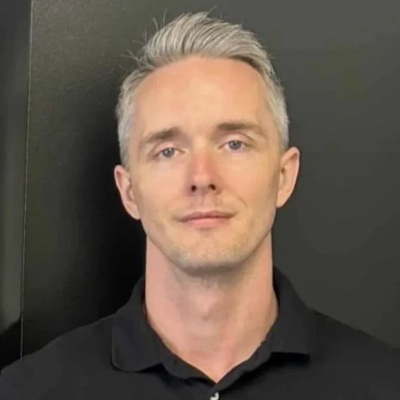
Data Analysis Reveals Burnout Pattern Solutions
In my previous role, I worked in a hospital, and one of the most valuable forms of data we gathered was on turnover and absentee rates broken down by ward, shift, and supervisor. Some of the data wasn’t too surprising. ER work and mental healthcare were the most burnout-inducing, while L&D was consistently a favorite. In other cases, we discovered specific supervisors or shifts that simply needed more staffing or different management approaches.

Structured Micro-Breaks Reset Nervous System
One unconventional method I’ve implemented to address healthcare worker burnout is introducing structured micro-breaks—specifically, a one-minute breathing practice (3-5 deep belly breaths) between patient interactions or meetings.
This simple yet powerful intervention emerged from my work in developing the 3Cs of Resilience—Care, Connect, Create—through coaching high-achieving professionals who face chronic stress. The breathing practice helps reset the nervous system, reducing cognitive overload and allowing for a more intentional transition between tasks. It supports not just performance, but presence—with patients, colleagues, and loved ones (ref: Microsoft. Research Proves Your Brain Needs Breaks. WorkLab, Apr. 2021, https://www.microsoft.com/en-us/worklab/work-trend-index/brain-research).
Take Megan, a talented physician leader I coached. Despite her success on both personal and professional fronts, she was not fulfilled. Fulfillment requires pause—it comes from noticing what brings intrinsic joy and meaning.
I encouraged her to try micro-breaks, just a few deep breaths between seeing patients. It allowed her to pause and become more present. After two weeks, she began to notice the joy in small things—such as having agenda-free time with family and engaging in deeper conversations with colleagues. At first, she dismissed these moments as trivial. But gradually, she saw them for what they were: peaceful, grounding, and deeply fulfilling.
Often, we confuse slowing down with stagnation. But real resilience means releasing the hustle mindset so we can lead with intention.
In fast-paced healthcare environments, where long breaks aren’t always feasible, this practice has proven highly effective. It’s not about counting the moments—it’s about making the moments count.



